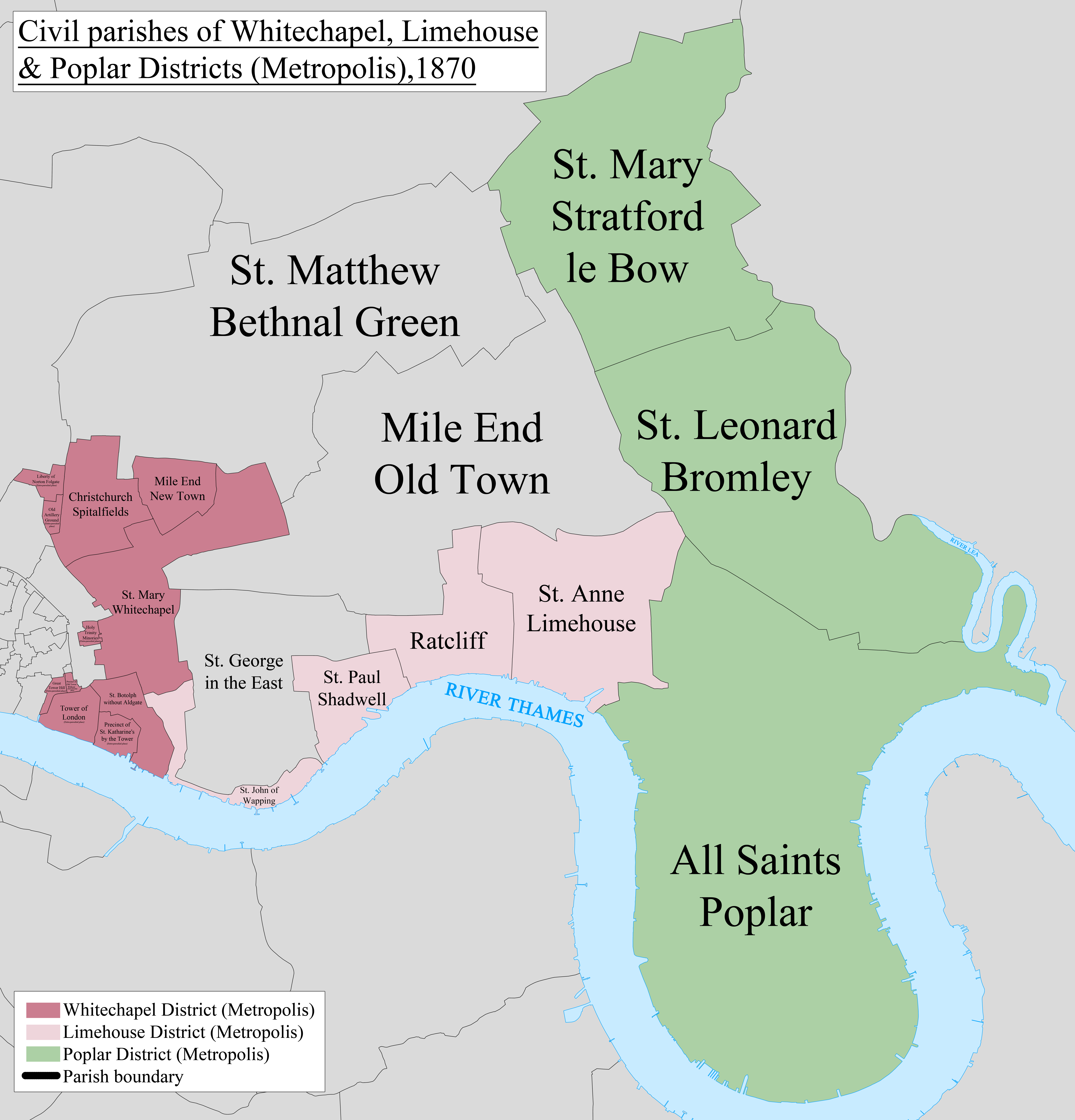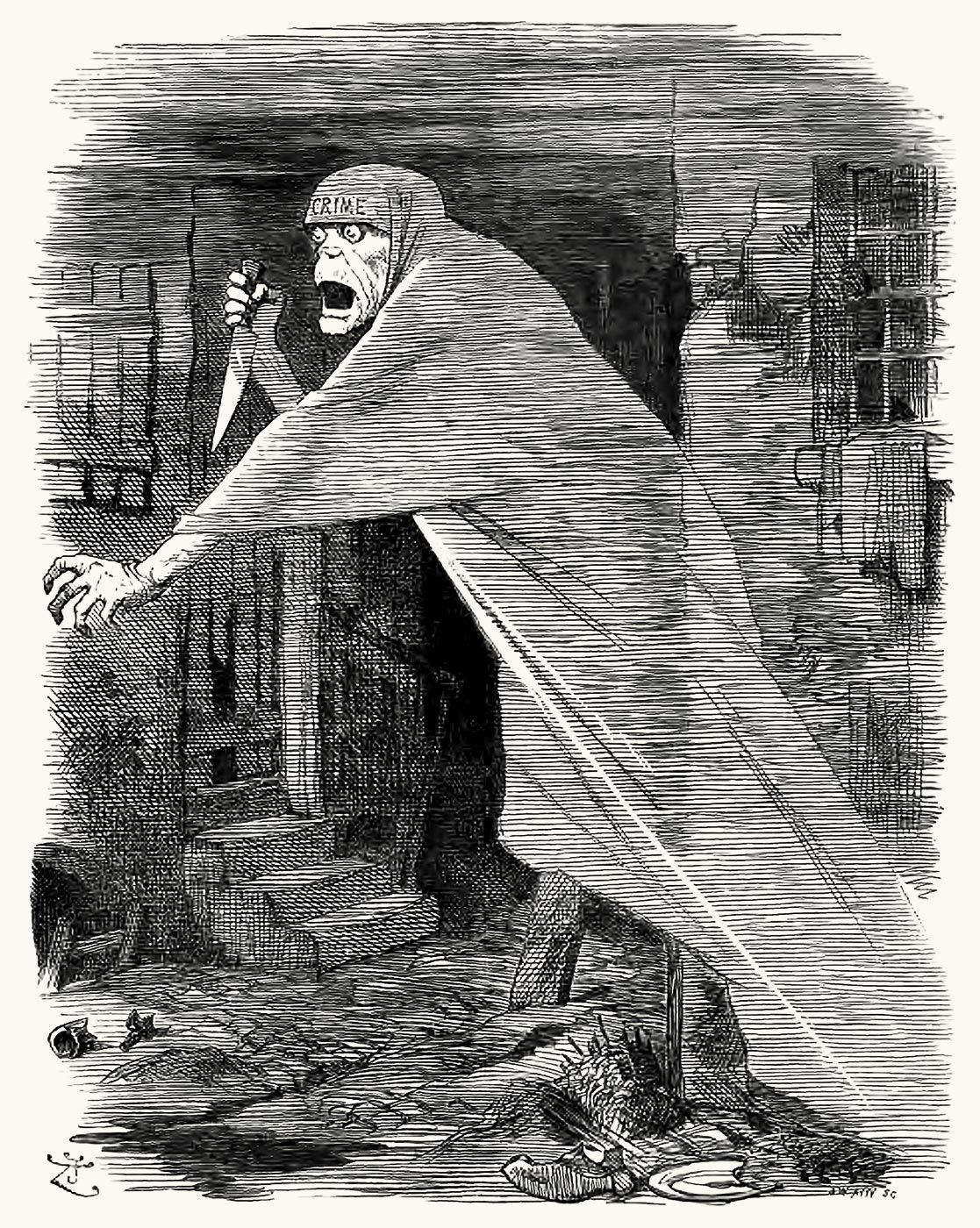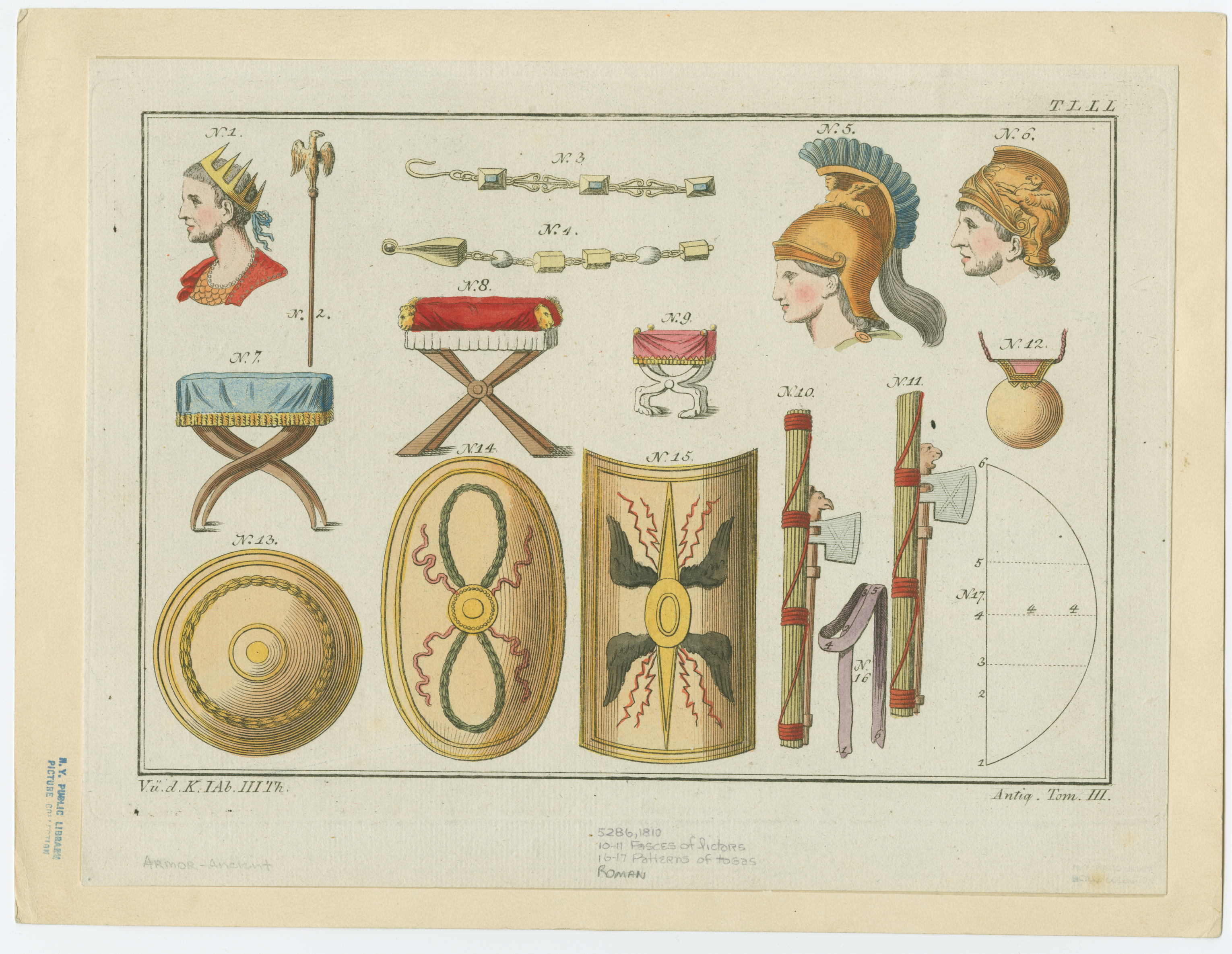|
St George's Town Hall
St George's Town Hall, formerly known as Stepney Town Hall, and, before that, St George's Vestry Hall, is a municipal building on Cable Street, Stepney, London. It is a Grade II listed building. History In the mid-19th century the local vestry board met in a room on the south-west corner of the St George in the East, Church of St George in the East. Board members decided this arrangement was inadequate for their needs and that they would procure a purpose-built vestry hall for the Parish of St George in the East (parish), St George: the site chosen was to the north-east of the church and already formed part of the church grounds. The vestry hall, the western section of the current complex, was designed by Andrew Wilson in the Classical architecture, Classical style and was completed in 1860. The design involved a symmetrical main frontage with five bays facing onto Cable Street; there was a porch with Doric order columns and pilasters and a triglyphed frieze projecting from the ... [...More Info...] [...Related Items...] OR: [Wikipedia] [Google] [Baidu] |
Stepney
Stepney is an area in the London Borough of Tower Hamlets in the East End of London. Stepney is no longer officially defined, and is usually used to refer to a relatively small area. However, for much of its history the place name was applied to a much larger manor and parish, which covered most of the inner East End. Stepney Green is a remnant of a larger area of Common Land formerly known as Mile End Green. The area was built up rapidly during the 19th century, mainly to accommodate immigrant workers and poor families displaced from London. It developed a reputation for poverty, overcrowding, violence and political dissent. It was severely damaged during the Blitz, with over a third of housing destroyed; and then, in the 1960s, Slum clearance in the United Kingdom, slum clearance and development replaced most residential streets with tower blocks and modern housing estates. Some Georgian architecture and Victorian era terraced housing remain such as Arbour Square, the eastern ... [...More Info...] [...Related Items...] OR: [Wikipedia] [Google] [Baidu] |
Whitechapel Murders
The Whitechapel murders were committed in or near the impoverished Whitechapel District (Metropolis), Whitechapel district in the East End of London between 3 April 1888 and 13 February 1891. At various points some or all of these eleven unsolved murders of women have been ascribed to the notorious unidentified serial killer known as Jack the Ripper. Most, if not all, of the eleven victims—Emma Elizabeth Smith, Martha Tabram, Mary Ann Nichols, Mary Ann "Polly" Nichols, Annie Chapman, Elizabeth Stride, Catherine Eddowes, Mary Jane Kelly, Rose Mylett, Alice McKenzie, Frances Coles, and an unidentified woman—were engaged in prostitution. Smith was sexually assaulted and robbed by a gang. Tabram was stabbed 39 times. Nichols, Chapman, Stride, Eddowes, Kelly, McKenzie and Coles had their throats cut. Eddowes and Stride were murdered on the same night, within approximately an hour and less than a mile apart; their murders are known as the "double event", after a phrase in a Sauc ... [...More Info...] [...Related Items...] OR: [Wikipedia] [Google] [Baidu] |
City And Town Halls In London
A city is a human settlement of a substantial size. The term "city" has different meanings around the world and in some places the settlement can be very small. Even where the term is limited to larger settlements, there is no universally agreed definition of the lower boundary for their size. In a narrower sense, a city can be defined as a permanent and densely populated place with administratively defined boundaries whose members work primarily on non-agricultural tasks. Cities generally have extensive systems for housing, transportation, sanitation, utilities, land use, production of goods, and communication. Their density facilitates interaction between people, government organizations, and businesses, sometimes benefiting different parties in the process, such as improving the efficiency of goods and service distribution. Historically, city dwellers have been a small proportion of humanity overall, but following two centuries of unprecedented and rapid urbanizat ... [...More Info...] [...Related Items...] OR: [Wikipedia] [Google] [Baidu] |
Grade II Listed Buildings In The London Borough Of Tower Hamlets
Grade most commonly refers to: * Grading in education, a measurement of a student's performance by educational assessment (e.g. A, pass, etc.) * A designation for students, classes and curricula indicating the number of the year a student has reached in a given educational stage (e.g. first grade, second grade, K–12, etc.) * Grade (slope), the steepness of a slope * Graded voting Grade or grading may also refer to: Music * Grade (music), a formally assessed level of profiency in a musical instrument * Grade (band), punk rock band * Grades (producer), British electronic dance music producer and DJ Science and technology Biology and medicine * Grading (tumors), a measure of the aggressiveness of a tumor in medicine * The Grading of Recommendations Assessment, Development and Evaluation (GRADE) approach * Evolutionary grade, a paraphyletic group of organisms Geology * Graded bedding, a description of the variation in grain size through a bed in a sedimentary rock ... [...More Info...] [...Related Items...] OR: [Wikipedia] [Google] [Baidu] |
Unite The Union
Unite the Union, commonly known as Unite, is a trade union in the United Kingdom and Republic of Ireland, Ireland, formed on 1 May 2007 by the merger of Amicus (trade union), Amicus and the Transport and General Workers' Union. A general union, Unite is one of the largest trade unions in the United Kingdom and Ireland, with over 1.2 million members. The current Secretary (title), general secretary is Sharon Graham, who was elected in August 2021. History Merger and early years (2007–2010) Unite the Union was formed on 1 May 2007 by the merger of Amicus (trade union), Amicus, a general private-sector union, and the Transport and General Workers' Union. The general secretaries of the previous unions, Derek Simpson (trade unionist), Derek Simpson and Tony Woodley, Baron Woodley, Tony Woodley respectively, served as joint general secretaries of the new union. The executive councils of the predecessor unions became a joint executive council which served until elections could ... [...More Info...] [...Related Items...] OR: [Wikipedia] [Google] [Baidu] |
London Borough Of Tower Hamlets
The London Borough of Tower Hamlets is a London boroughs, borough in London, England. Situated on the north bank of the River Thames and immediately east of the City of London, the borough spans much of the traditional East End of London and includes much of the regenerated London Docklands area. The 2019 mid-year population for the borough is estimated at 324,745. The borough was formed in 1965 by merger of the former Metropolitan boroughs of the County of London, metropolitan boroughs of Metropolitan Borough of Stepney, Stepney, Metropolitan Borough of Poplar, Poplar, and Metropolitan Borough of Bethnal Green, Bethnal Green. 'Tower Hamlets' was originally an alternative name for the historic Tower division, Tower Division; the area of south-east Middlesex, focused on (but not limited to) the area of the modern borough, which owed military service to the Tower of London. The Tower of London itself is located in the borough, adjacent to its western boundary with the City of L ... [...More Info...] [...Related Items...] OR: [Wikipedia] [Google] [Baidu] |
Anti-fascism
Anti-fascism is a political movement in opposition to fascist ideologies, groups and individuals. Beginning in European countries in the 1920s, it was at its most significant shortly before and during World War II, where the Axis powers were opposed by many countries forming the Allies of World War II and dozens of resistance movements worldwide. Anti-fascism has been an element of movements across the political spectrum and holding many different political positions such as anarchism, communism, pacifism, republicanism, social democracy, socialism and syndicalism as well as centrist, conservative, liberal and nationalist viewpoints. Fascism, a far-right ultra-nationalistic ideology best known for its use by the Italian Fascists and the German Nazis, became prominent beginning in the 1910s. Organization against fascism began around 1920. Fascism became the state ideology of Italy in 1922 and of Germany in 1933, spurring a large increase in anti-fascist action, including ... [...More Info...] [...Related Items...] OR: [Wikipedia] [Google] [Baidu] |
Oswald Mosley
Sir Oswald Ernald Mosley, 6th Baronet (16 November 1896 – 3 December 1980), was a British aristocrat and politician who rose to fame during the 1920s and 1930s when he, having become disillusioned with mainstream politics, turned to fascism. He was Member of Parliament (MP) for Harrow from 1918 to 1924 and for Smethwick from 1926 to 1931. He founded the British Union of Fascists (BUF) in 1932 and led it until its forced disbandment in 1940. After military service during the First World War, Mosley became the youngest sitting member of Parliament, representing Harrow from 1918, first as a member of the Conservative Party, then an independent, and finally joining the Labour Party. At the 1924 general election he stood in Birmingham Ladywood against the future prime minister Neville Chamberlain, coming within 100 votes of defeating him. Mosley returned to Parliament as the Labour MP for Smethwick at a by-election in 1926 and served as Chancellor of the Duchy of Lancaster ... [...More Info...] [...Related Items...] OR: [Wikipedia] [Google] [Baidu] |
British Union Of Fascists
The British Union of Fascists (BUF) was a British fascist political party formed in 1932 by Oswald Mosley. Mosley changed its name to the British Union of Fascists and National Socialists in 1936 and, in 1937, to the British Union. In 1939, following the start of the Second World War, the party was proscribed by the British government and in 1940 it was disbanded. The BUF emerged in 1932 from the electoral defeat of its antecedent, the New Party, in the 1931 general election. The BUF's foundation was initially met with popular support, and it attracted a sizeable following, with the party claiming 50,000 members at one point. The press baron Lord Rothermere was a notable early supporter. As the party became increasingly radical, however, support declined. The Olympia Rally of 1934, in which a number of anti-fascist protestors were attacked by the paramilitary wing of the BUF, the Fascist Defence Force, isolated the party from much of its following. The party's embrace of ... [...More Info...] [...Related Items...] OR: [Wikipedia] [Google] [Baidu] |
Demonstration (political)
A political demonstration is an action by a mass group or collection of groups of people in favor of a political or other cause or people partaking in a protest against a cause of concern; it often consists of walking in a mass march formation and either beginning with or meeting at a designated endpoint, or rally, in order to hear speakers. It is different from mass meeting. Demonstrations may include actions such as blockades and sit-ins. They can be either nonviolent or violent, with participants often referring to violent demonstrations as " militant." Depending on the circumstances, a demonstration may begin as nonviolent and escalate to violence. Law enforcement, such as riot police, may become involved in these situations. Police involvement at protests is ideally to protect the participants and their right to assemble. However, officers don't always fulfill this responsibility and it's well-documented that many cases of protest intervention result in power abuse. ... [...More Info...] [...Related Items...] OR: [Wikipedia] [Google] [Baidu] |
Battle Of Cable Street
The Battle of Cable Street was a series of clashes that took place at several locations in the East End of London, most notably Cable Street, on Sunday 4 October 1936. It was a clash between the Metropolitan Police, sent to protect a march by members of the British Union of Fascists led by Oswald Mosley, and various anti-fascist demonstrators including local trade unionists, communists, anarchists, British Jews, and socialist groups. The anti-fascist counter-demonstration included both organised and unaffiliated participants. Background The British Union of Fascists (BUF) had advertised a march to take place on Sunday 4 October 1936, the fourth anniversary of their organisation. Thousands of BUF followers, dressed in their Blackshirt uniform, intended to march through the heart of the East End, an area that then had a large Jewish population. The BUF planned to march from Tower Hill and divide into four columns, each heading for one of four open-air public meetings wh ... [...More Info...] [...Related Items...] OR: [Wikipedia] [Google] [Baidu] |







